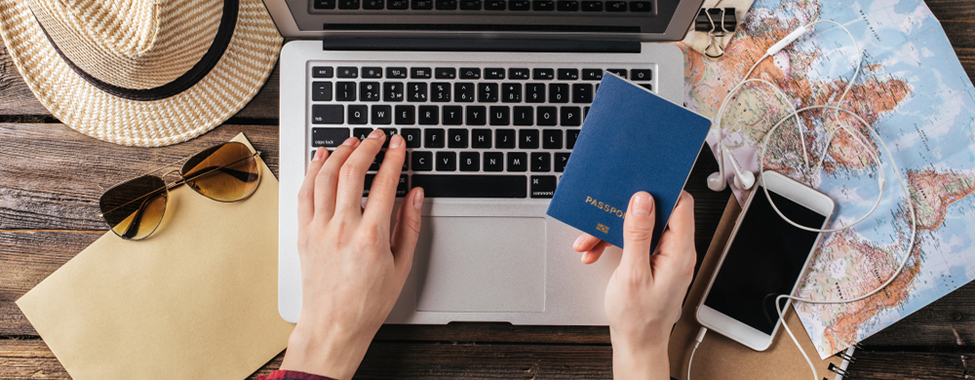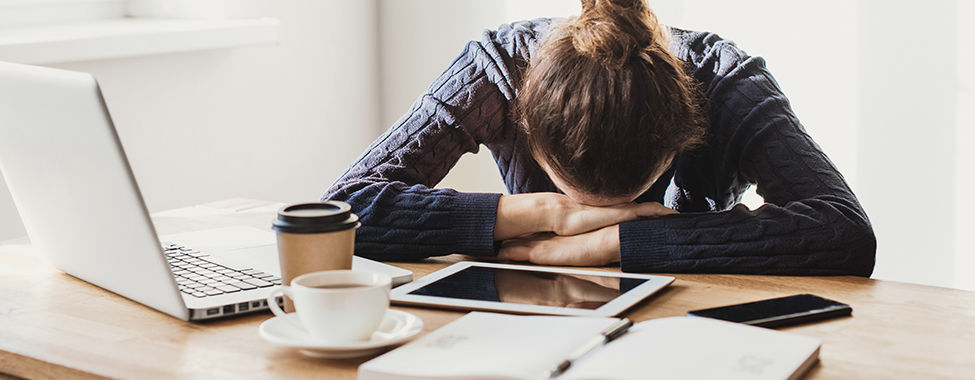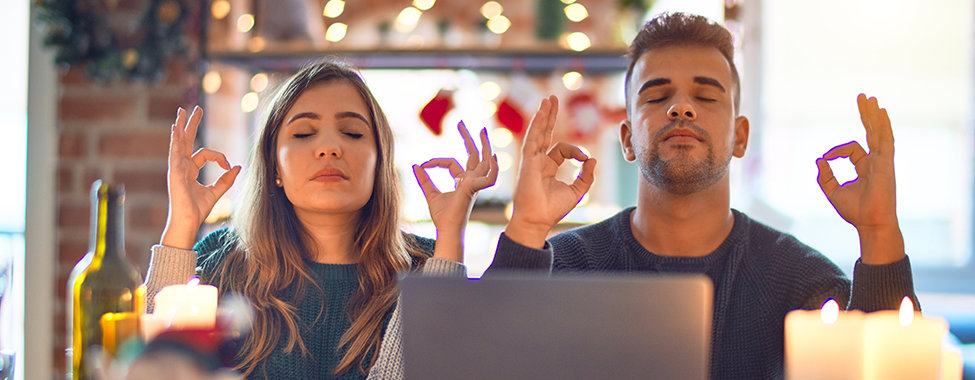This Father’s Day, treat your dad to something that will leave him feeling great! Whether it’s healthy Father’s Day gifts that your dad can use and enjoy every day or a day filled with healthy activities, nothing really quite beats the gift of wellness. From outdoor activities like golfing to giving the gift of an infrared sauna, there are plenty of things you can do to make a memorable Father’s Day for him.

Healthy Father’s Day Gifts
Infrared Sauna
Giving the gift of an infrared sauna is giving the gift of ultimate health and wellness – and all to enjoy at home! Your dad has gone through a lot to raise a family, which means there is probably a bit of parental stress he has gone through over the years. Luckily, stress relief is one of the many health benefits of using a sauna. Show your thanks to all the hard work your dad has put in with this ultimate Father’s Day gift.
Smartwatch
Whether your dad is tech-savvy or not, a smartwatch is a great gift to give for Father’s Day. From keeping track of text messages and calendar updates to fitness tracking and heart rate monitoring, smartwatches offer a number of benefits to improve your dad’s day. There are many styles to choose from as well! This gift option is perfect for dads who value both health and style.
Eyewear
Everyone uses eyewear to some degree. Sunglasses, computer glasses, eyeglasses, and readers are common parts of someone’s eyewear collection, so why not help dad add another pair to his collection? Glasses can be a personal style choice, so if you aren’t sure exactly what your dad wants, you can always give a gift card to a place like Warby Parker so he can go in and find the perfect fit and style for him.

Cooking Tools
There’s a stereotype of dads loving to grill, but many love spending time in the kitchen as well. There are a bunch of cool kitchen gadgets out there today. Pressure cookers, high-tech blenders, and air fryers are all popular items right now for the dad who already has all the basics. If you’re looking to get him something he’ll use every day, look into getting him a new knife set, cutting board, or pots and pans to take his kitchen to the next level.
Food Delivery Service
Is your dad not so much into cooking himself? Make it a bit easier with a food delivery service subscription. You can order boxes that send fully-prepared meals or just the ingredients to make a recipe at home. This can also be a great option for dads who do like to cook, but are looking for new recipes and ideas to try! In addition to meals, you can also send your dad snack box subscriptions – from international snacks to healthy snacks.
Bathroom Accessories
This one might seem a little off the beaten path for gift-giving, but bathroom accessories can be great for your dad – and they might be things he hasn’t thought to get for himself yet. While bathroom gifts might get a good laugh, they can really be a game-changer for adding comfort to a bathroom. The Squatty Potty has great reviews, and easily installed bidets have been a hit product recently. Don’t knock it until you try it!
Shaving Kit
Want something a little more sophisticated for your dad’s bathroom? A fancy shaving kit can be the perfect addition to his countertop. There are plenty of razor styles available depending on your dad’s preferences, whether he likes a more modern razor or one with a traditional touch. And don’t forget to add the accessories. An exfoliator, shave butter, and post-shave cream can help give your dad the smoothest and most luxurious shave of his life.

Audiobook Subscription
Is your dad a fan of books, but doesn’t have the time to read? Or is he someone who is into podcasts and wants to become a bookworm? An audiobook subscription might be the answer for him. This Father’s Day, gift him a subscription to an audiobook service so he can explore the world of listening to their favorite and new books. Listening to audiobooks is perfect for sharpening minds, using during
Noise-Canceling Headphones
Whether Dad is listening to his new audiobook subscription or training for a half-marathon, he needs light-weight, noise-canceling headphones to improve the experience! Look for a pair that is sweat-resistant, comfortable, wireless, and has great sound quality. Though gifts are always great as surprises, asking your dad if he likes a certain style (over-ear, earbuds, etc.) can help ensure he has the perfect fit.
Masterclass Membership
Give your dad access to a library of more than 80 online lessons taught by industry experts, including science courses from Neil deGrasse Tyson, cooking classes from Wolfgang Puck, and basketball basics from Steph Curry. Each Masterclass lesson lasts about 10 minutes and there are typically 20 lessons per class, so he’ll have time to take courses across a wide range of topics during his yearlong membership.

Healthy Father’s Day Activities
Explore Outdoors
Nothing quite beats some fresh air. Spend some quality time outdoors with your dad this Father’s Day and enjoy the summer weather. The best part about this activity is that there are so many ways to enjoy it. Want to take it slow? Go on a nice stroll or leisurely bike ride. Into sports? Take your dad golfing or to the tennis courts. Looking for a bit of adventure? Try kayaking or exploring a new hiking trail. The possibilities are endless!
Take a Class
One great way to keep the mind sharp is by taking classes. Sign up for a class or workshop with your dad and find a unique way to bond this Father’s Day. Who knows, maybe it’ll start a new shared hobby. Whether your dad is interested in learning more about glassblowing or wants to hone his cooking skills, there is a wide range of classes to choose from depending on what your dad’s interests are.
Have Family Time
At the end of the day, the most meaningful gift you can give your dad on Father’s Day is family time. Gifts and activities are always a great addition to family time as an extra celebration of your father, but time together is the most important gift. Family time doesn’t have to be in person, either. Give your dad a call on the phone or on video to simply catch up and say thank you for all the years he spent raising a family. It means the world and is priceless.
This Father’s Day, really step up your gift-giving! These Father’s Day gift ideas are sure to impress your dad and really show him how much you appreciate all he has done for you. And by helping your dad improve his health, you’re also giving him the gift of a long and happy life.
 Canada
Canada Australia
Australia New Zealand
New Zealand Malaysia
Malaysia China
China

































